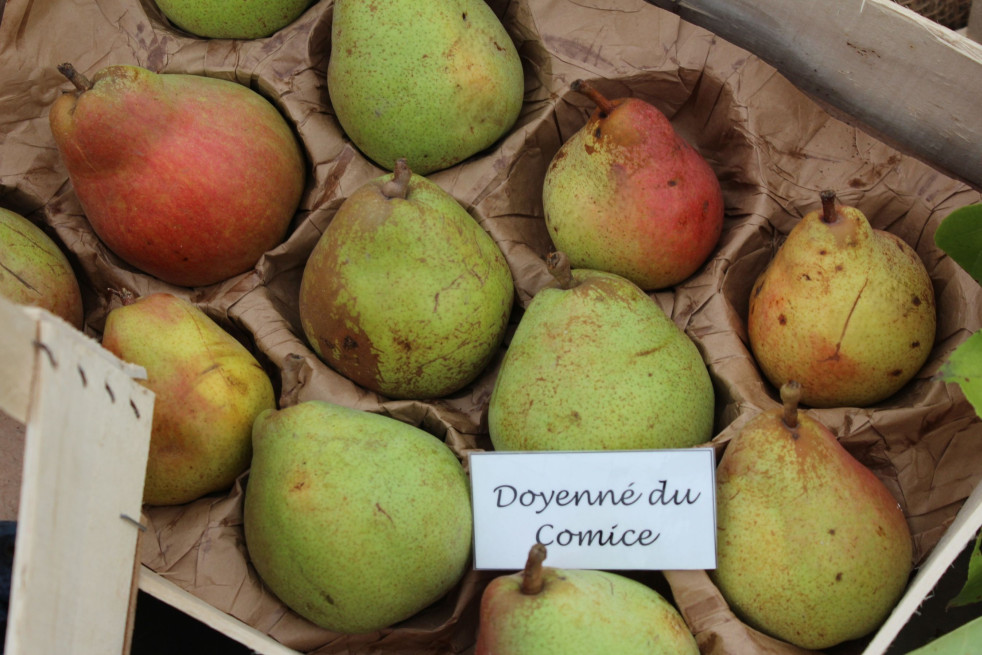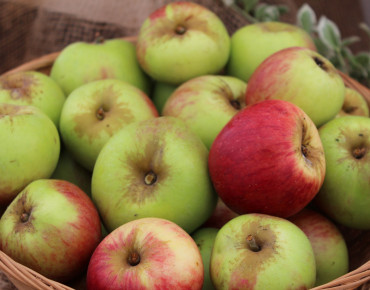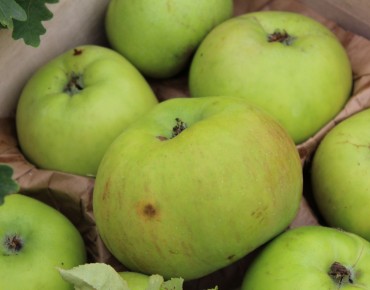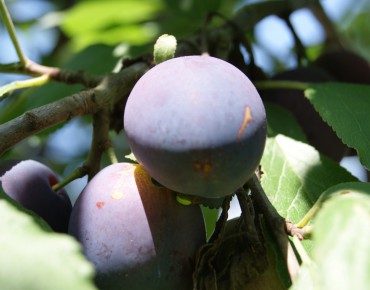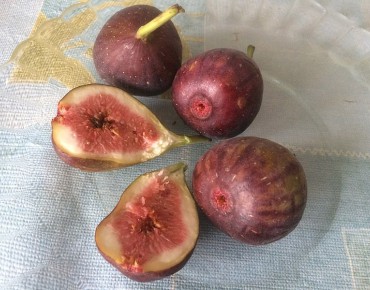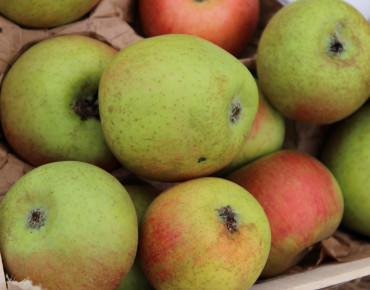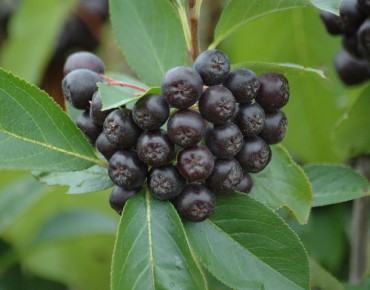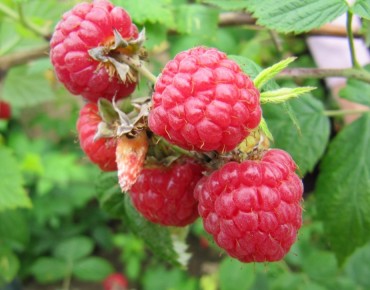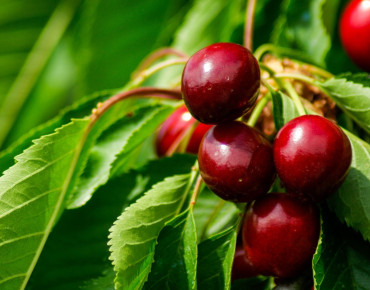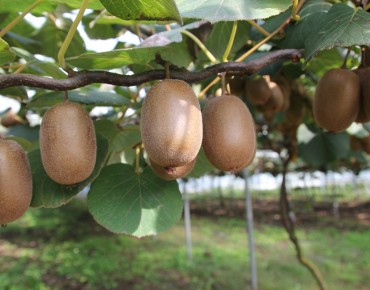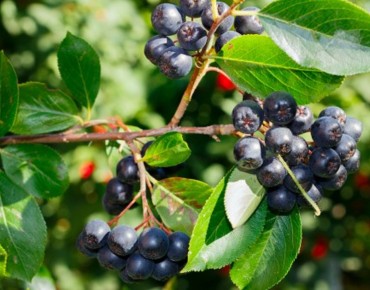Doyenné du Comice Pear Tree
Pyrus communis Doyenné du Comice
Description
Pyrus communis Doyenné du Comice: a garden classic
The Doyenné du Comice Pear Tree, a reference among pear trees, is a fruit tree that has won over many gardeners. The exceptional quality of its fruit and its hardiness make it a wise choice for your orchard or simply your garden.
One of the best varieties of fruit tree
Native to France, the Doyenné du Comice Pear Tree is a fruit tree obtained in 1849. Medium-sized (3 to 5 m), it is generally grafted onto a low stem to facilitate its cultivation in the garden and is perfect for being trained. Its pyramidal shape and its shiny dark green deciduous foliage give it an elegant appearance all year round.
Flowering and fruiting
In spring, the Doyenné du Comice Pear Tree is adorned with magnificent white honey-producing flowers, which attract many pollinating insects. Flowering takes place in April and announces the arrival of the long-awaited fruits.
The pears of the Doyenné du Comice are among the most appreciated for their exceptional taste quality. Round and bumpy in shape, they are medium to large in size. They have a smooth, straw-yellow skin, often dotted with grayish dots. Both ends are coloured beige. Their very fine flesh with a delicate fragrance is white, melting, extremely juicy and has a sweet and slightly acidic flavour. The harvest takes place at the end of September and the fruits can be kept until November.
Cultivation and maintenance
The Pyrus communis Doyenné du Comice is a hardy fruit tree that adapts to many types of soil, provided that they are well drained. It appreciates sunny to semi-shaded exposures and grows perfectly in isolation or in a row.
Planting: planting should be carried out outside frost periods, ideally in autumn or spring. Choose a sunny and airy location and prepare the soil by loosening it and enriching it with compost.
Watering: young pear trees need regular watering after planting for the first two years, especially during periods of drought. Adult trees are more resistant to drought, but will still appreciate a watering if necessary.
Pruning: pruning the Doyenné du Comice Pear Tree is essential to maintain a balance between the growth of the tree and the production of fruit. It is carried out in winter, outside the growing season, every two to three years. The main pruning consists of removing dead wood, thinning the crown, removing suckers and training the tree.
Fertilization: an annual addition of compost in the fall is generally enough to provide the Doyenné du Comice Pear Tree with the necessary nutrients.
Additional tips
Pollination: the Doyenné du Comice Pear Tree requires the presence of other varieties of pear trees nearby to bear fruit.
It is pollinated by: Jeanne d'Arc, Joséphine de Malines, Clapp's favorite, Jules d'Airoles, Williams, Conférence, Docteur Jules Guyot, Beurré d’Hardenpont and Beurré Bosc.
It pollinates the varieties: Saint Mathieu, Jeanne d'Arc, Joséphine de Malines, Clapp's favoriet, Jules d'Airoles
Diseases and pests: the Doyenné du Comice Pear Tree is susceptible to certain diseases, such as scab and canker and powdery mildew. Preventive treatments based on natural products may be an option to explore, in addition to other biological control methods.
Harvest: the Doyenné du Comice Pear Tree is a semi-late pear tree, its pears are harvested when ripe (end of September), when they detach easily from the branch by lifting them gently.
Features
- Common name : Doyenné du Comice Pear Tree
- Family : Rosaceae
- Category : grafted low stem fruit tree
- Spread : 3 m
- Foliage : deciduous
- Color of flowers : white
- Fruit : round and bumpy, medium to large, smooth straw-yellow skin dotted with grayish dots, very fine white flesh, melting, extremely juicy, sweet and slightly acidic.
- Harvest : end of September.
- Use : isolated - orchard
- Soil : all
- Habit : pyramidal
- Enemies : aphids - caterpillars
- Possible diseases : scab, canker, powdery mildew
- rootstock : Cydonia Oblonga K.Adams
- Pollinator : Jeanne d'Arc, Joséphine de Malines, Clapp's favorite, Jules d'Airoles, Williams, Conférence, Docteur Jules Guyot, Beurré d’Hardenpont et Beurré Bosc.
Expédition & livraison
How does the delivery work?
 As soon as you place your order your plants are selected
As soon as you place your order your plants are selected Each order is processed individually.
Each order is processed individually. Plants are packed, staked and labeled.
Plants are packed, staked and labeled. Packaging is carefully implemented to avoid any problems.
Packaging is carefully implemented to avoid any problems. Packages are ready to be shipped.
Packages are ready to be shipped.
Our delivery methods
Shipping of our plants throughout Europe (except overseas and islands).
Customer reviews

